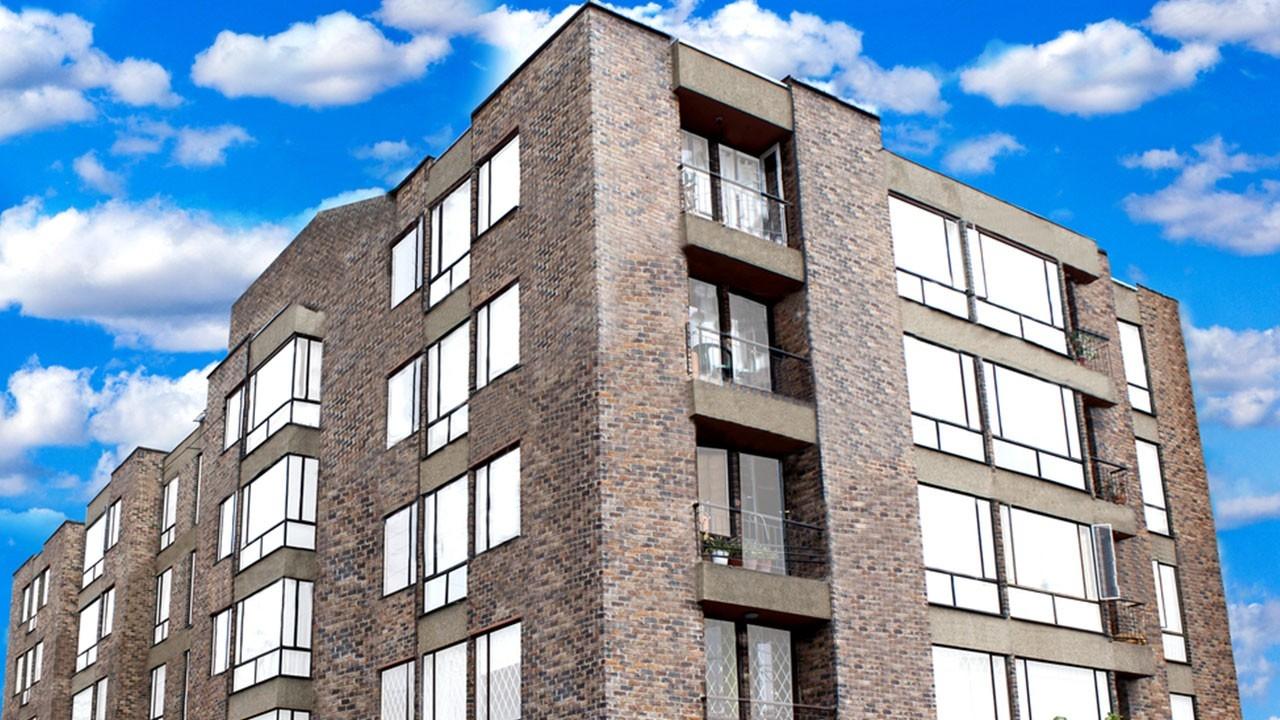Spotting an Opportunity with Commercial Property

Converting a commercial property into a residential property is a smart move – there is an overabundance of commercial properties, many that have been standing vacant for months or years. Equally there is a shortage of housing (and lots of media coverage about the pros and cons of new build projects) – it really is a no brainer.
Commercial properties include pubs, care homes, shops, offices, schools and many more.
However, many investors don’t realise that a commercial property without a tenant in situ is not mortgageable. Commercial lenders’ main concern when considering whether to grant a mortgage is ‘will the borrower be able to pay the loan back?’. As far as they’re concerned, no tenant equals no income. No income equals no ability to service the loan, so they won’t lend.
Many vacant commercial properties remain for sale for a considerable time. This is simply because would-be buyers lack sufficient cash reserves to make a purchase without a mortgage.
For the savvy investor this is a real opportunity. The current owner will have a degree of pain. At the very least they will have to pay business rates on their vacant property. In addition, it’s possible that they are still paying a mortgage on the property and all this eats into their capital.
Selling a commercial property with a mortgage means the owner needs to get a balance between an acceptable price for their property and completely depleting their capital. They need to sell it before they run out of cash.
A bonus for the smart property investor is that, often would-be buyers fail to spot uses that the property could be put to. If you’re interested in commercial-to-residential conversions this can be a gold mine.
For example: local investors may not be able to spot a disused pub or care home as having any other use beyond what it has been in the past.
Bridgers are happy to lend on vacant commercial properties as long as you have a robust plan for how you want to bring the property back into use.
There are other ways to solve the problem of a vacant commercial property by just putting a tenant in. For example, put a tenant into a vacant shop on a commercial lease and it’s now mortgageable.
If you’re planning to convert a commercial property for residential use you can now get government support. This is part of the government strategy to correct the imbalance between an over-supply of commercial buildings and an under-supply of homes for people to live in.
In 2012 the government relaxed planning regulations on certain classifications of commercial building. Using Permitted Development Rights it’s possible to convert commercial premises to residential use without the need to submit a full planning application.
This means, with the right commercial property, you can begin the conversion process the same week as you buy it.
You can learn more by:
- Attending an upcoming webinar - register here
- Booking into a LIVE! 3-day workshop - book your ticket here
- Get instant access to the full programme with the online training - click here for more information




